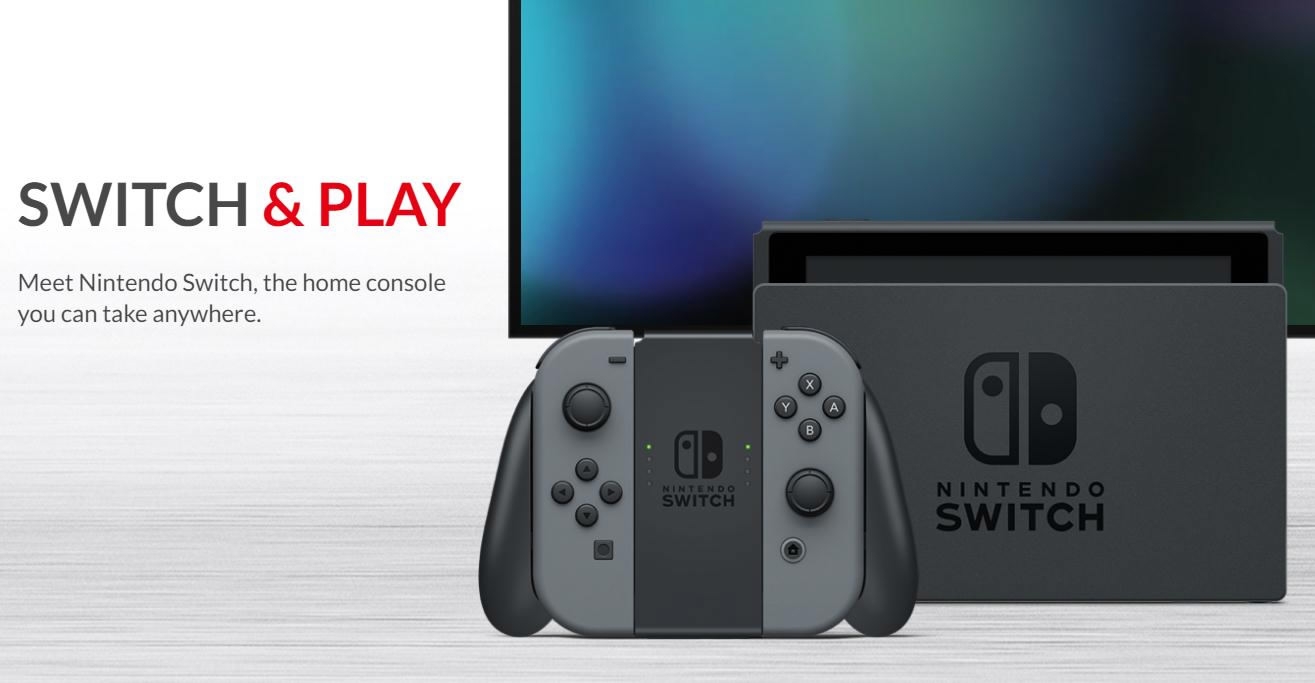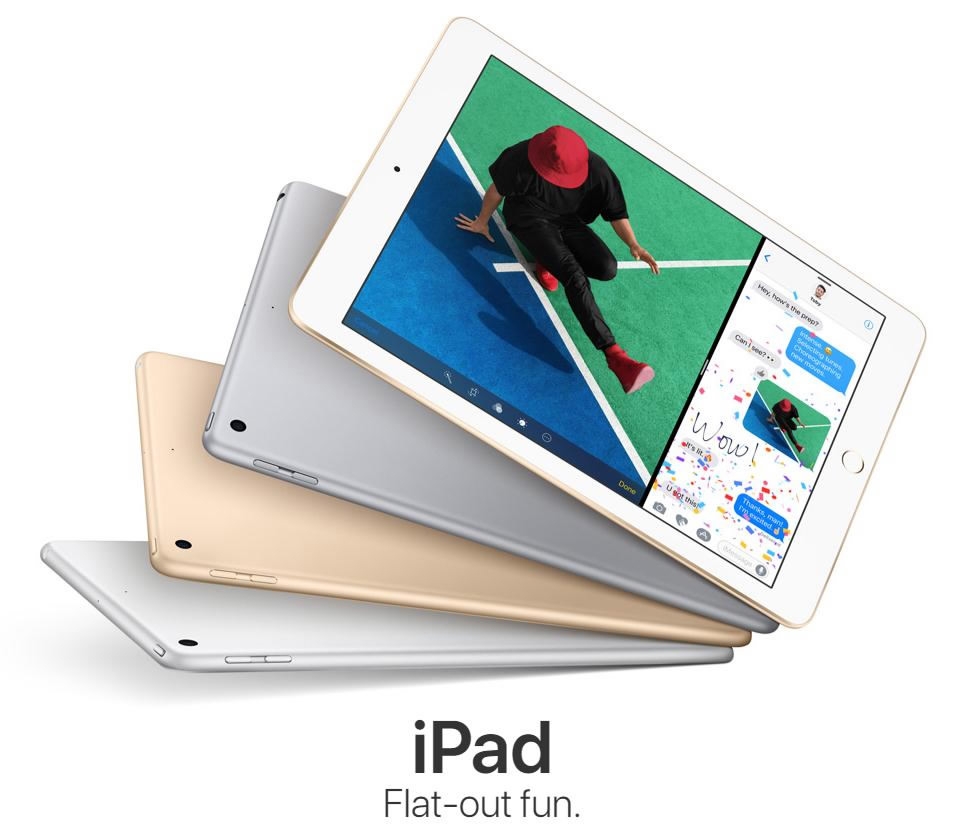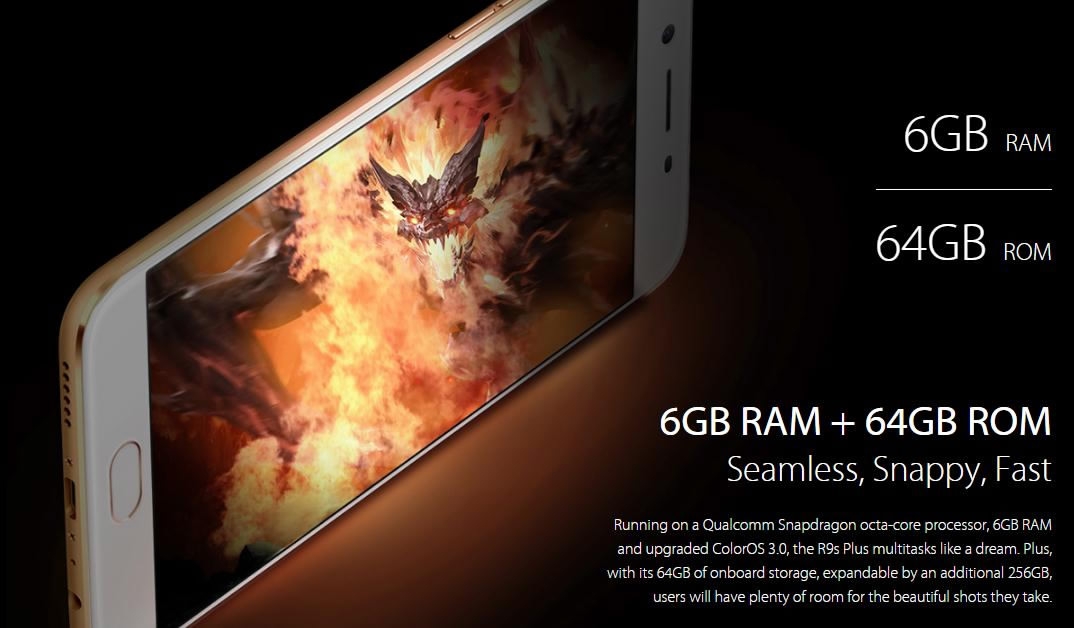When "Something 2" evolves into "Something 3," you naturally assume it's, well, natural progression.
But when Nintendo announced the "new 2DS XL" after the release of it s"new 3DS XL" (which was there more than two years ago), you may think there's been a typo.
Yes, Nintendo is "downgrading" their handheld video game machine to not displaying anything in 3D - for a second time.
Nintendo fanboys may still remember how surprised they were when the Japanese video game company announced the original 2DS, which also came after the 3DS release. Unlike its 3D-displaying brother, the 2DS does not fold, shows everything in plain 2D, and is cheaper.
2DS was targeted at parents who wanted to bring their kids a solid mobile gaming platform at a relatively low price. "A treat for kids (and your wallet)," Nintendo said on its website.

"A treat for kids (and your wallet)," Nintendo said on its website. /Nintendo
But for the new 2DS XL, Nintendo removed the "for kids" and "cheap" tag, calling it a "lightweight, go-anywhere system." This is the actual upgrade here, compared to the 2DS instead of the 3DS XL.
Basically, we should see the 2DS as a separate series of products, and not the successor of the 3DS.
The real problem
OK, so that may resolve the 2DS confusion. But what about Nintendo Switch?
When launching the Switch last year, the company called it a console-handheld hybrid. It seemed like an advance from the old school of individual consoles and handheld devices. But the Switch is powered by a tablet chip - please think of the performance gap between an iPad and an iMac, that's the gulf that lies between a Nintendo Switch and a PS4/Xbox.

It looks like a console, but it has a tablet chip at its core. /Nintendo
Yes, that's right. I said it. The Switch in its console form is just like connecting an iPad to your TV set, which, obviously, won't make the tablet a solid computer.
The aim of this claim is not to criticize the Switch - I own one myself, and am playing Breath of the Wild happily like a child - the problem is that the hardware specs of newer products are lagging behind their predecessors. It's a weird process of regression under the guise of progression.
More examples
Let's leave Nintendo behind for now, and look at the larger picture.
There's iPad, I mean the latest (but not most powerful) 9.7-inch model released last month. Old chip, old parts, no new features. It's not even as powerful as an iPhone 7, but comes priced at 429 US dollars (the 128GB one).

Even Apple doesn't know how to explain the fun. /Apple
There's China's Oppo R9s Plus, the brand's current flagship phone. The phone features a middle-range Snapdragon 653 chip, yet is on sale for a high-end price of 500 US dollars.

Oppo chooses not to tell you exactly which dragon it has. /Oppo
There's the "perfume bottle" camera, Cyber-shot KW1, which was more like a malfunctioning smartphone instead of a decent camera. The hefty price for this: more than 800 US dollars (back in 2014).

Not a phone ad, neither a perfume ad. It's a camera ad saying nothing about the lenses. /Sony China
You may have noticed some common characteristics among these products: middle-range, but overpriced.
As the products have come under fire and been mocked by lots of people online, these leading brands should seriously take a look at their product management strategies, and maybe consider for once - following progression, rather than regression.









